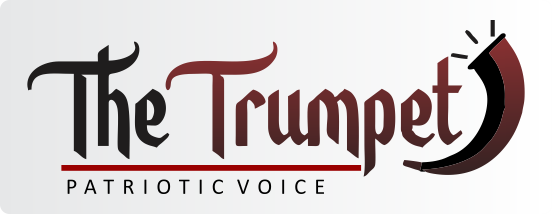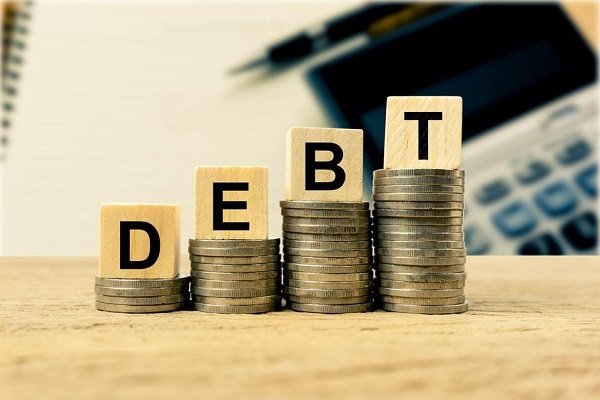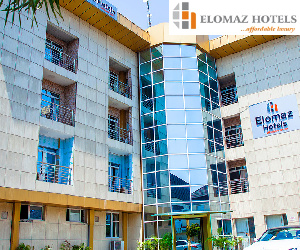Nigeria’s total public debt stock has climbed to N152.40 trillion as of June 30, 2025, reflecting an increase of N3.01 trillion within just three months, according to new data released by the Debt Management Office (DMO) on Saturday.
The figure represents a 2.01 percent rise from N149.39 trillion recorded at the end of March 2025, underscoring the federal government’s continued reliance on borrowing to plug fiscal shortfalls.
In dollar terms, the country’s total debt profile grew from $97.24 billion to $99.66 billion, a 2.49 percent increase.
The DMO report indicates that both domestic and external debts rose during the period, with the federal government accounting for the bulk of total liabilities.
Nigeria’s external debt rose to $46.98 billion (N71.85 trillion) by the end of June, up from $45.98 billion (N70.63 trillion) in March.
The increase reflects continued borrowing from multilateral institutions, particularly the World Bank, which remains the country’s largest external creditor.
“The World Bank remained Nigeria’s single largest external creditor, with $18.04 billion outstanding, mostly through the International Development Association (IDA), representing about 38 percent of total external obligations,” the DMO report stated.
Multilateral lenders, including the African Development Bank (AfDB), International Monetary Fund (IMF), and Islamic Development Bank (IsDB), collectively accounted for $23.19 billion or 49.4 percent of the external portfolio.
Bilateral loans stood at $6.20 billion, led by the Export-Import Bank of China with $4.91 billion, while smaller exposures were owed to France, Japan, India, and Germany.
Commercial borrowings, mainly Eurobonds, totalled $17.32 billion, representing 36.9 percent of external debt, while syndicated loans and other commercial facilities amounted to $268.9 million.
Analysts have cautioned that Nigeria’s growing exposure to Eurobonds leaves the economy vulnerable to global interest rate movements and currency risks, even as multilateral borrowings signal fiscal fragility and constrained access to cheaper credit.
On the domestic front, total debt rose to N80.55 trillion in June, up from N78.76 trillion in March — an increase of N1.79 trillion or 2.27 percent.
The portfolio was dominated by Federal Government bonds, which stood at N60.65 trillion, representing 79.2 percent of total domestic debt.
Read also:
- Nigeria demands debt relief at UN General Assembly, calls for global financial reform
- Nigeria’s debt service soars by 49% in 2025, fueling fears of deepening fiscal crisis
- Delta APC hails Tinubu over IMF debt repayment, says It’s a turning point for Nigeria’s economy
This figure includes N36.52 trillion in naira-denominated bonds, N22.72 trillion in securitised Ways and Means advances from the Central Bank of Nigeria (CBN), and N1.40 trillion in dollar bonds.
Other instruments included Treasury bills worth N12.76 trillion (16.7 percent), Sukuk bonds at N1.29 trillion, savings bonds of N91.53 billion, green bonds of N62.36 billion, and promissory notes totalling N1.73 trillion.
The securitisation of CBN’s Ways and Means lending — effectively converting overdrafts into long-term debt — highlights ongoing fiscal pressures, even as the Tinubu administration pushes to enforce monetary discipline and restore investor confidence.
According to the DMO, the Federal Government accounted for N141.08 trillion or 92.6 percent of the total public debt, comprising N64.49 trillion in external obligations and N76.59 trillion in domestic liabilities.
The 36 states and the Federal Capital Territory (FCT) owed a combined N11.32 trillion (7.4 percent), of which $4.81 billion (N7.36 trillion) was external and N3.96 trillion was domestic.






